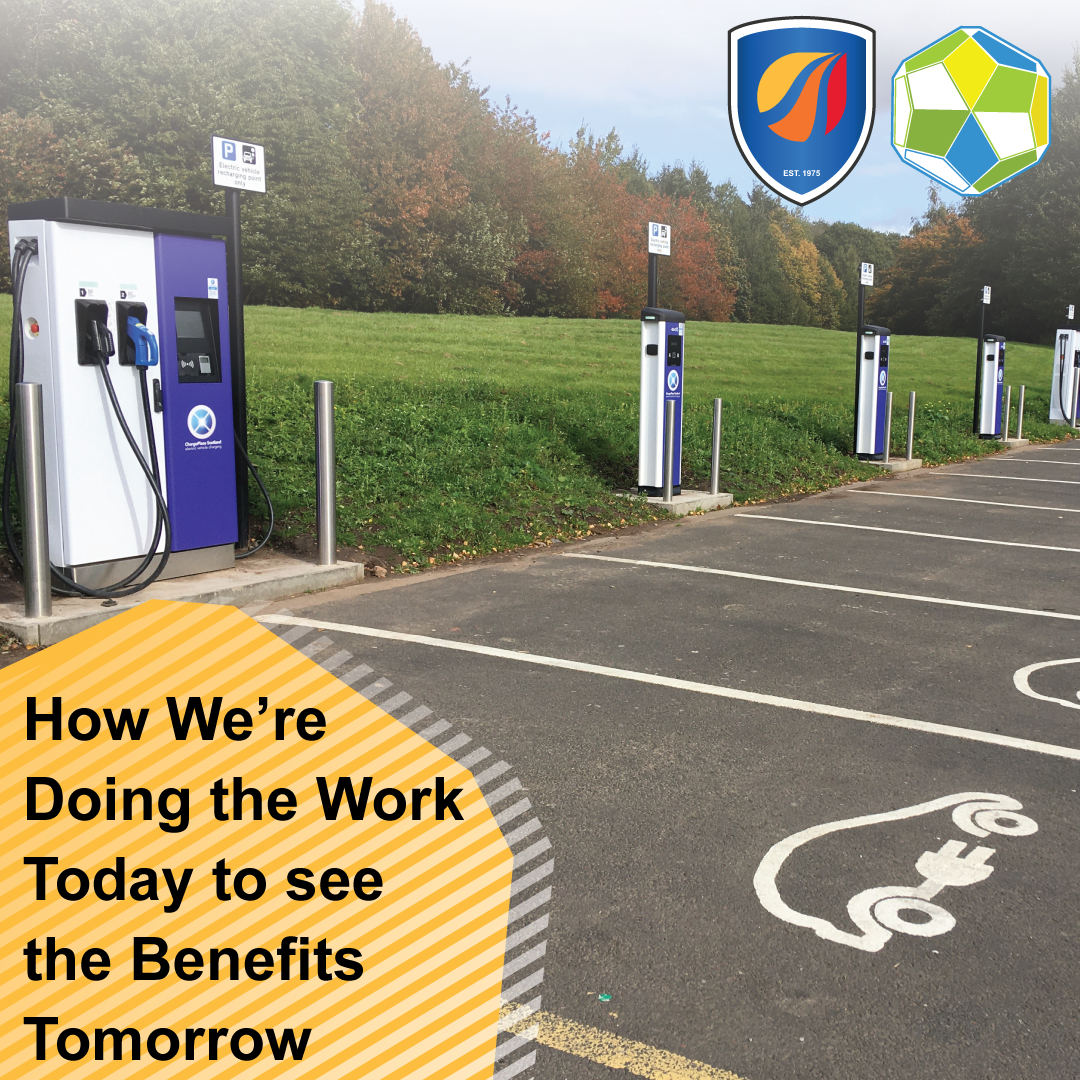
Many state governments have been creating requirements to bolster the transition to alternative fuel vehicle fleets by either two methods—Standard Compliance and Alternative Compliance. Standard Compliance is a method that requires covered fleets to acquire a percentage of alternative fuel vehicles each year based on the number of acquired light-duty vehicles. Alternative Compliance allows covered fleets to be waived from Standard Compliance and find measures to implement practices that reduce the use of petroleum in operations. According to the U.S. Department of Energy, established fleets use Standard Compliance, while newer and biodiesel fleets use Alternative Compliance (Compliance, 2020).
Not all fleets comply with the Energy Policy Act of 1992 (EPAct), even if these two methods are the minimum. Some are voluntarily creating standards that are frequently more rigorous than the EPAct and alternative fuel use requirements (State, 2014). For example, the state of Wyoming is not subject to the EPAct requirements, law, which expired in June 30, 2017 required that at least 50% of vehicle acquisitions for all state agencies, colleges, and universities are to be dedicated or bi-fuel CNG vehicles (ibid). Alabama created a state fleet manager in 2013, responsible for holding state departments accountable to Alabama’s Green Fleets Policy (ibid). This Policy requires certain percentage increases per fiscal year on vehicles’ average fleet fuel economy.
But what is in it for fleets today?
Will companies find incentive to start switching to alternative energies for future compliance, even when parameters are clearly defined? The U.S. Department of Energy shares there are 60 incentives, laws and regulations, and programs related to alternative fuels and vehicles. For example, the Alternative Fuel Excise Tax Credit is available in the amount of $0.50 per gallon for selected alternative fuels to operate a motor vehicle and is available until December 31, 2020. The more common tax exemption that I have come across is the Alternative Fuel Tax Exemption, where alternative fuels can be exempt from federal fuel taxes if used in a manner that is deemed nontaxable by the Internal Revenue Service (IRS).
And the challenges?
There is concern of how the planned increase in power demand will affect distribution planning and infrastructure. Ambitious plans are already working to address that concern in their own ways. The West Coast Clean Transit Corridor is one such plan that outlines the establishment of 27 charging sites along the Interstate 5 (California, Oregon, and Washington) in 50-mile intervals by 2025 to serve mainly medium-duty trucks.
The Corridor is a collaboration among nine electric utilities and two dozen municipal utilities represented by two agencies, like San Diego Gas & Electric, Puget Sound Energy, and Pacific Power, among others.
Both the sizes of the fleet and the vehicle itself plays a huge role in furthering widespread electrification. According to Jean-Baptiste Gallo’s study called “Electric Truck & Bus Grid Integration, Opportunities, Challenges & Recommendations”, larger electric vehicles like truck and bus fleets also have challenges that conventionally fueled vehicles do not have. One challenge is inflexibilities and Time-Of-Use (TOU) pricing, where energy is more expensive at times of higher demand (Gallo, 2016). While this pushes light-duty electric vehicles to charge in off-peak time, truck and bus fleets cannot share that same flexibility. This is difficult with “charging on route, during breaks, between two shifts, or after an early shift” (ibid, page 4).
Refutation exists in with real-time pricing with technical solutions like smart charging, energy storage, and distributed generation. Each of these solutions have their own costs and could prevent further electrification for trucks and buses.
How are people coping now?
Some people are coping well with the future in alternative energy by staying ahead of the curve. In Chris Brown’s “How a Fleet Operator Builds an Electric Truck” article, CEO and Co-Founder of Xos Trucks Dakota Semler started out in the family business Rockhard Transportation and dealt with fuel management. Semler investigated into alternative technologies when the company shut down for not meeting compliance standards in 2010. Semler realized the difficulty to meet compliance and decided to be fully invested in electric vehicles.
While long hauls will see battery technology and charging infrastructure later, Xos Trucks saw opportunity in last-mile deliveries now. This is a breakthrough because of our increasing reliance on eCommerce. With technological capabilities expanding exponentially, this breakthrough is promising.
With all of this, what do I really think about the future?
While I do think that the future of alternative energy is bright and necessary for global and environmental sustainability, I agree with Chris. Total independence from petroleum is highly unlikely because of its presence in products like lubricants, greases, antifreeze, and more.
We are moving away from the use of fossil fuels in general since 1957, as coal is another fossil fuel. Nuclear power and an increase in natural gas and renewable energy contribute to the declining use of coal. According to the Energy Information Administration, while petroleum’s share of production has decreased when taking into consideration the other types of energy that we can now harness, petroleum is still producing the majority of today’s energy consumption in the U.S. to about 37% in 2019, with natural gas following at 32%.
My bet is drastic reduction of reliance on petroleum in this lifetime, but total independence would be for future generations.
